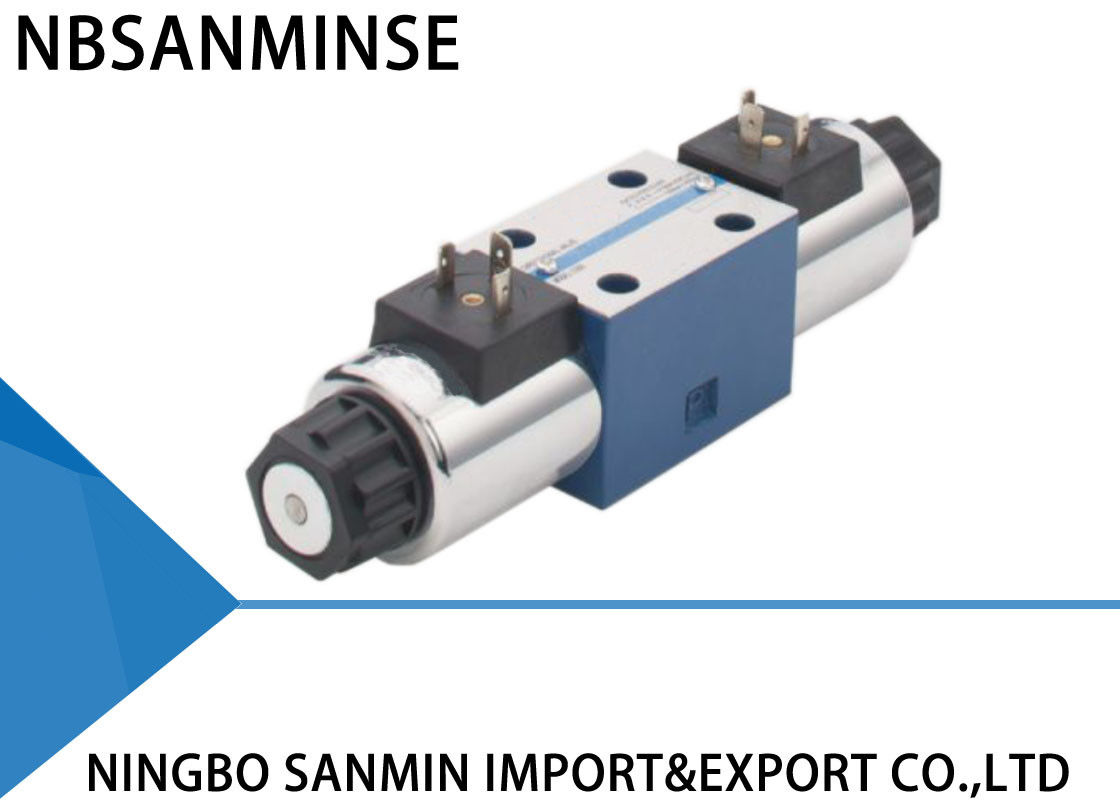

The higher the power requirement, the higher the wattage of the required coil. The larger the orifice and the higher the pressure, the more power required for the valve to open against that pressure. The valve’s internal orifice size and pressure are the primary determinants of the flow rate the larger the orifice, the greater the flow at a given pressure. Specific flow rates are determined based on the applied pressure, orifice size, specific gravity, viscosity and temperature of the media that is flowing through the valve. What is the approximate desired flow rate of the media? What is the maximum pressure at which the valve will operate? What is the range of pressure the valve will see on all ports during operation? Flow Rate The specific gravity and viscosity of the media impacts the rate flow. The type of gas or liquid moving through the valve determines the type of seal material that must be used. Is it normally closed or normally open? Will the valve operate on short or long cycle times? Available VoltageĬommon voltages are 120 VAC, 24 VAC, 240 VAC, 6VDC, 12 VDC and 24 VDC, although other voltages can be accommodated.ĭoes the valve need to operate at a specific wattage? Does it run on battery power? Is energy conservation important?Ĭonserving energy can be accomplished through a variety of methods including coil selection, bump and hold circuitry and latching options.

Plastic Valve Body for Wattmizer Series.

VALVES AND SYSTEMS Specialty Solenoid Valves


 0 kommentar(er)
0 kommentar(er)
